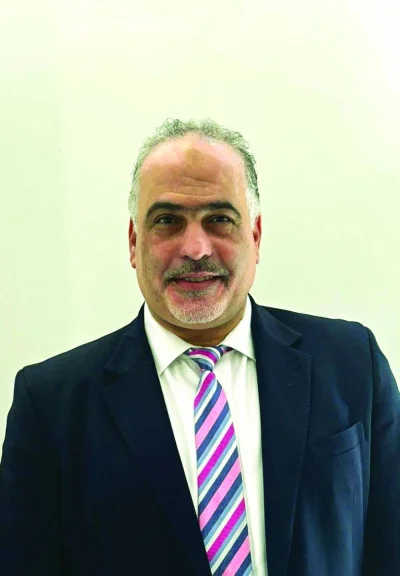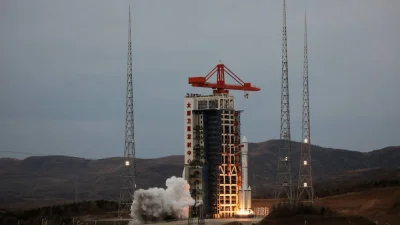Part of Nasa’s Commercial Crew Programme, the launch is happening from the historic pad 39A, the exact spot from where men flew to the moon and the space shuttles blasted off. Under normal circumstances, large crowds would have been expected to witness the visual spectacle, but, citing concerns about the Covid-19 pandemic, Nasa has urged people to stay away. Hundreds of thousands of people had flocked to the area near Kennedy Space Center for the last shuttle launch in July 2011 with Hurley as the pilot.
While Florida’s Space Coast has seen plenty of launches since the shuttle’s farewell tour in 2011 — even at the height of the Covid-19 pandemic — they were for satellites, robotic explorers and space station supplies. The only route to orbit for astronauts was on Russian rockets. Launched atop the Falcon 9 rocket, Crew Dragon will accelerate to approximately 17,000mph, according to Nasa, placing the capsule on course for the International Space Station.
Since the last space shuttle mission, the US has relied on Russian Soyuz rockets launched from the Baikonur Cosmodrome in Kazakhstan to get astronauts into space. According to reports, Russia charges the US about $75mn to send an astronaut into space. Last week, Nasa agreed to pay Russian space agency Roscosmos $90mn for one final seat on one of its Soyuz rockets. The epoch-making shift to private companies allows Nasa to zero in on deep space travel. The space agency is set to return astronauts to the moon by 2024 under orders from the White House, a deadline looking increasingly unlikely even as three newly chosen commercial teams rush to develop lunar landers. Mars is next.
It may be recalled that Musk, SpaceX’s chief executive, designer and founder, had sent his red Tesla Roadster into outer space two years ago during the first flight of a supersized Falcon Heavy rocket. In the characteristic Musk showmanship, the astronauts will ride to the launch pad in a gull-winged Tesla Model X, white with black trim just like the astronauts’ spacesuits and the rocket itself. It will be just the fifth time Nasa astronauts strap into a new US space system for liftoff—following Mercury, Gemini, Apollo and shuttle. Nasa owned and operated all those spacecraft, built by contractors to precise specifications. The commercial crew programme, on the other hand, calls for private businesses to handle and own it all, with input and oversight by Nasa.
Only three countries have launched humans — Russia, the US, and China in that order — making SpaceX’s attempt all the more impressive. Hurley, 53, a retired Marine, and Behnken, 49, an Air Force colonel, will spend one to four months aboard the orbiting lab, currently down to a three-man, half-size crew. They will participate in experiments and possibly spacewalks, before ending their mission with an Atlantic splashdown, a scene not seen for a half-century. Fingers crossed, while waiting for the liftoff.



